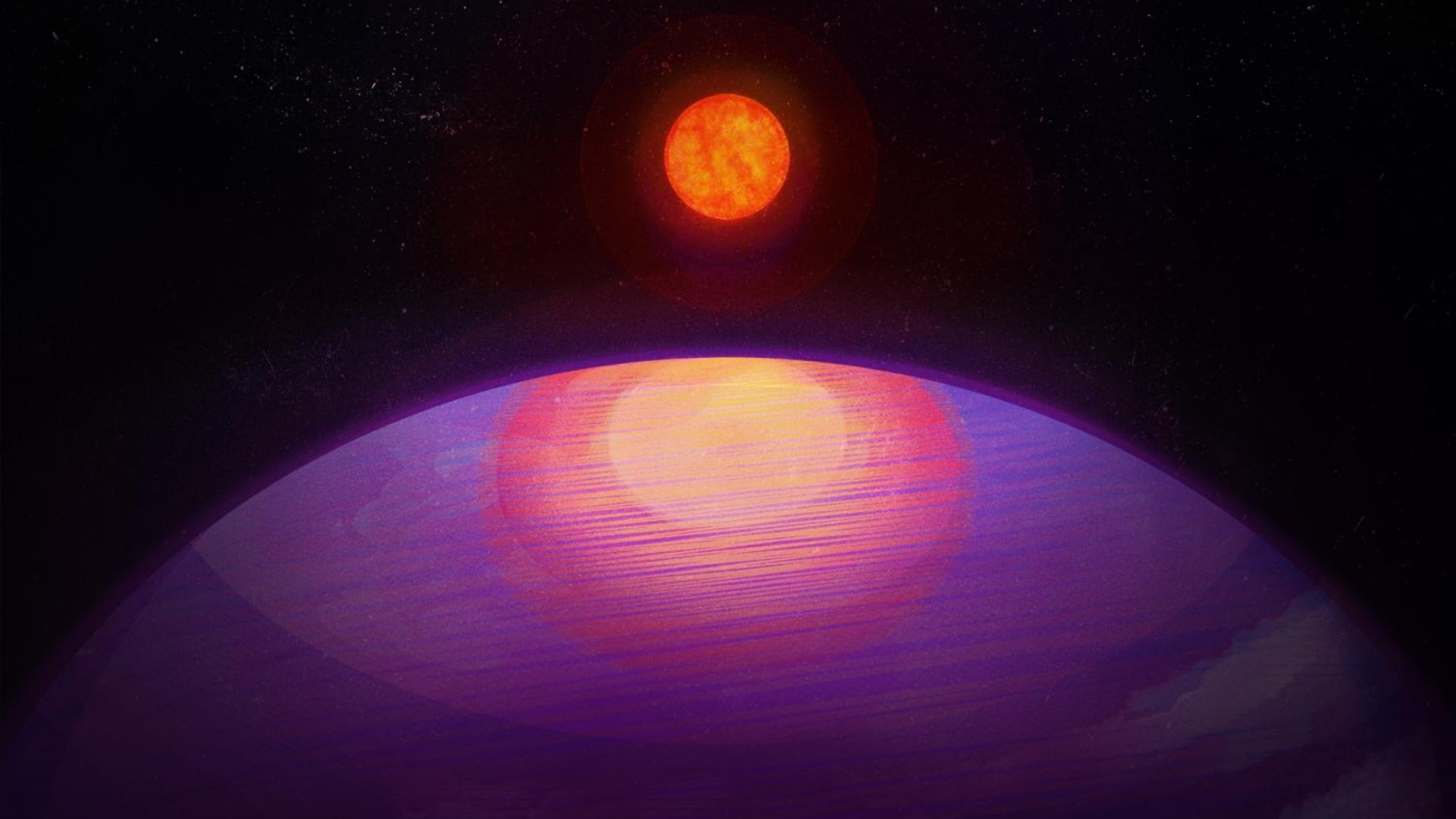The discovery of a new planet challenges theoretical models of planet formation. The planet is far too big for its star, according to a new study by an international research team with Swiss participation.
The newly discovered planet, which orbits a so-called M-dwarf star called LHS 3154 with a 3.7-day orbit, is about 13 times more massive than Earth, according to the study published Thursday in the journal Science.
“Such a star, only 0.11 times the mass of the Sun, has never been observed before," wrote astronomer Frédéric Masset of the National University of Mexico in a commentary on the study published in the same journal.
According to the study’s authors, including a researcher from the Swiss Federal Institute of Technology Zurich (ETHZ), current theories of planet formation cannot explain how such a massive planet could have formed around LHS 3154.
An M dwarf star is the smallest and coolest type of star. The theories say that M dwarfs do not produce particularly large planets. Stars form from large clouds of gas and dust. The material left over from the star formation process forms a disc around the star in which planets are later born.
Maybe it had an encounter with a high-velocity star?
edit: welp, high-velocity star, not rogue star (although that’s really a thing: star outside of galaxy). They should really swap those names.
And the star being too small because the traveling (high-velcity) star stole some hydrogen.
rogue planet, meet rogue star. now kiss and live happily ever after until the inevitable cold death of the universe.



